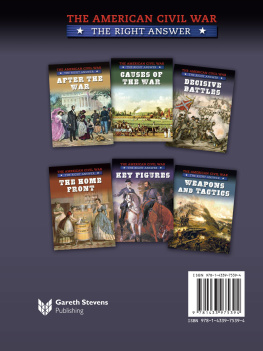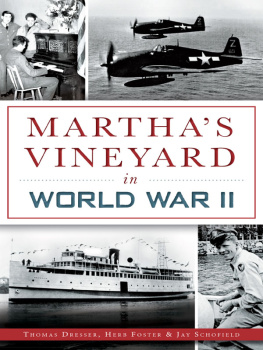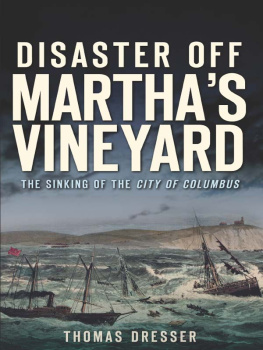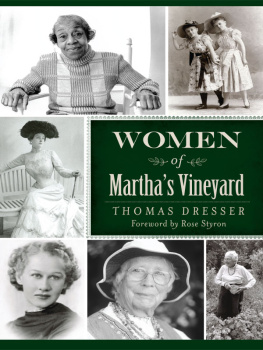AUTHOR'S PREFACE
Table of Contents
In all history of this American Republic, or perhaps any other nation, there was no conflict that was so terrible as our Civil war. Napoleon's efforts to bring into reality his dream of universal empire would not compare with it.
I have endeavored in this book to describe in detail the chief points that were enacted on the most important battlefields of that War. As those who participated in that War are now fast passing away, and the time will soon be here when they will only be remembered by their deeds of valor on these battlefields, I deem it only fit and proper that those in all walks of life should know more of these battles in detail and of those who participated in them. I think you will get this information from this book, as it is written specially with this view. It should specially appeal to teachers and students who can use it in a supplementary way in connection with the study of history of this period.
I now commend this book to you, and trust that it may be the means of giving you more light on this the greatest civil war of all time, and that it may help to lengthen in the minds of the American people their remembrance of those who participated in it.
FIRST BATTLE OF BULL RUN
Table of Contents
At the beginning of July, 1861, the Federals had 30,000 men encamped along the Potomac near the heights of Arlington under the general command of General Winfield Scott, who was a veteran of the war of 1812, as well as the Mexican war, but who was at this time aged and infirm, and remained in Washington, and Brigadier-General Irvin McDowell was in immediate command of the army. Another 20,000 men lay at Martinsburg under General Patterson who like Scott was a veteran of the war of 1812 and of the Mexican war.
At Manassas Junction, about thirty miles from Washington, lay the Confederate army under Brigadier-General Beauregard. General Joseph E. Johnston was in command of 9,000 men in the Shenandoah Valley. Johnston and Beauregard, as well as McDowell, had with Scott and Patterson battled at the gates of Mexico.
General Scott gave orders to McDowell to move against Beauregard and on the 16th day of July the army, with waving banners and lively hopes of victory, and with "On to Richmond" as their battle cry, moved on Manassas. General McDowell brought his army to a halt at Centreville within seven miles of Manassas. Beauregard was apprised of the coming of the Federals. The stream of Bull Run, from which the first great battle of the war derived its name, flowed between the two armies. Patterson failed to detain Johnston in the valley, and General Johnston reached Manassas with his army on the afternoon of the 20th. General Longstreet was also there, who some months later played a distinctive part in the struggle at Gettysburg and in the death grapple of Lee and Grant in the wilderness.
McDowell, after resting his troops for two days at Centreville, thought the time for an engagement was now at hand, so on Sunday, July 21st, at half-past two in the morning, the men were roused for the coming conflict. Their dream of easy victory had already received a rude shock, for on their second day at Centreville a skirmish between two minor divisions of the opposing armies resulted in the defeat of the Union forces with some loss.
Ambrose E. Burnside and William T. Sherman were at this time subordinate officers under General McDowell. Burnside, who figured later in the far more disastrous battle of Fredericksburg, and Sherman, distinguished for his march to the sea.
The Union plan was that General Tyler should lead his division westward and cross Bull Run at the Stone Bridge about four miles from Centreville, and the remainder of the army under Hunter and Heintzelman was to make a circuit of several miles through a dense wood and cross Bull Run at Sudley's Ford. The plan was to attack the Confederate left wing. The march to Sudley's Ford was slower than expected and it was almost noon before this division of the army reached the field near Stone Bridge.
General Tyler early in the day opened fire at Stone Bridge on the Confederates under General Evans, but merely kept up a desultory fire. As the morning wore away the Confederates suddenly discovered clouds of dust rising above the treetops along the Warrenton turnpike, which told them that the main Federal army was on them. Evans quickly turned about and made ready for battle and waited calmly for the approach of the enemy. Presently there was a glimmer of sunlight reflected from burnished steel among the trees and Colonel Burnside led the Federal army from the woods and without delay the battle began and raged furiously.
Meanwhile Generals Beauregard and Johnston were at Manassas, about four miles from the scene of battle, with part of the Confederate army, and had been planning an attack on the Federal left, but on hearing the roar of the cannon and the rattle of the musketry became convinced that the Federals were making their main attack on the Confederate left, and both galloped at full speed to the scene of battle, after leaving orders to the remainder of the army to be brought up to renforce the small force of Confederates who were trying to hold back the Federals. They arrived on the field at the moment when General Bee's brigade was being driven back. General Bee, in trying to rally his men, called their attention to the fact that Thos. J. Jackson's brigade was standing like a stone wall, and it was here that Jackson won his name of "Stonewall."
The battle raged furiously until 3 o'clock. The chief object was to get possession of Henry's Hill. Beauregard, like McDowell on the other side, led his men in the thickest of the battle. His horse was killed by a bursting shell, but he mounted another and continued. At about 2 o'clock the Confederates were driven from the field and McDowell thought he had won the victory, but General Kirby Smith had arrived from Manassas with the remainder of the Confederate army and was now on the field, after a double-quick march for four miles under a hot July sun. Beauregard determined to make another effort and ordered his troops forward with fresh courage. When the Union army saw the Confederates again approaching, supported by fresh troops, their courage failed and they began to retreat. McDowell tried in vain to rally his men, the Confederates pressed on, the retreat of the Federals became a panic. He again tried to rally his men and make a stand at Centreville but to no avail, the troops refused to listen to his commands. Some of the troops did not stop until they reached Washington, and the first great battle of the Civil war was now over.
The Federal force engaged was about 19,000 men, of which the loss in killed, wounded and missing was about 3,000.













